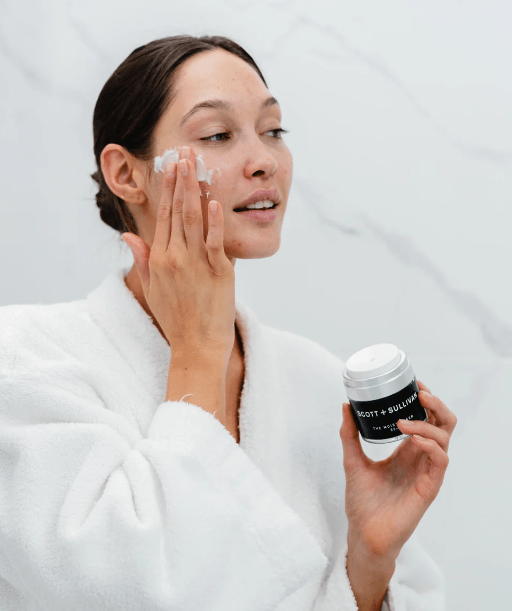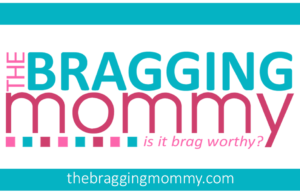The skincare industry generates billions in revenue annually, yet distinguishing genuinely effective products from marketing-driven formulations remains challenging for consumers seeking meaningful anti-ageing benefits. Clinical testing, peer-reviewed research, and dermatological endorsements provide the most reliable indicators of product efficacy. Anti ageing skincare products that deliver measurable improvements typically contain scientifically validated active ingredients at therapeutic concentrations, supported by rigorous testing protocols. Understanding the mechanisms behind proven formulations enables informed decision-making and realistic expectation setting. This analysis examines products with documented clinical outcomes, focusing on ingredient science rather than brand recognition or pricing strategies to identify solutions that genuinely reverse visible signs of ageing.

Retinoid-Based Formulations
Prescription tretinoin remains the most extensively researched and clinically validated anti-ageing ingredient available. Studies spanning over four decades consistently demonstrate its ability to increase epidermal thickness, stimulate collagen synthesis, and reduce photoageing markers. Tretinoin concentrations ranging from 0.025% to 0.1% show dose-dependent efficacy, with higher strengths producing more dramatic improvements alongside increased irritation potential.
Over-the-counter retinol products offer accessibility without prescription requirements, though conversion to retinoic acid reduces overall potency. Encapsulated retinol formulations demonstrate improved stability and sustained release properties. Products containing retinyl palmitate or retinyl acetate provide gentler alternatives with correspondingly modest efficacy profiles.
Advanced retinoid derivatives like adapalene and tazarotene target specific receptor subtypes, potentially offering enhanced benefits for certain skin types. These third-generation retinoids demonstrate improved photostability and reduced irritation compared to traditional tretinoin formulations.
Antioxidant Powerhouses
Vitamin C serums represent another category with substantial clinical backing. L-ascorbic acid at concentrations between 10-20% demonstrates optimal efficacy for collagen stimulation and melanin inhibition. However, stability challenges have led to the development of more stable derivatives including sodium ascorbyl phosphate and ascorbyl glucoside.
Ferulic acid enhances vitamin C stability while providing additional antioxidant protection. The combination of 15% L-ascorbic acid, 1% vitamin E, and 0.5% ferulic acid has shown particular effectiveness in clinical trials, reducing fine lines and improving skin texture over 12-week periods.
Niacinamide, the active form of vitamin B3, offers multiple anti-ageing benefits through its role in cellular energy metabolism. Concentrations of 2-5% effectively reduce hyperpigmentation, improve barrier function, and regulate sebum production. Unlike many active ingredients, niacinamide demonstrates excellent tolerance across all skin types.
Peptide Technologies
Synthetic peptides represent cutting-edge developments in anti-ageing skincare. Palmitoyl pentapeptide-4 stimulates collagen and hyaluronic acid production through fibroblast activation. Clinical studies demonstrate 17% reduction in wrinkle depth after 12 weeks of consistent application.
Acetyl hexapeptide-8, often marketed as “Botox in a bottle,” inhibits SNARE complex formation, reducing muscle contractions that contribute to expression lines. While less dramatic than neurotoxin injections, topical application shows measurable improvements in forehead and periorbital wrinkles.
Copper peptides facilitate wound healing and collagen remodelling through their role in enzymatic processes. GHK-Cu demonstrates particular promise for skin regeneration, though formulation stability remains challenging for many manufacturers.
Alpha Hydroxy Acid Treatments
Glycolic acid peels and daily-use products accelerate cellular turnover while stimulating dermal remodelling. Concentrations between 5-10% for home use provide meaningful exfoliation without excessive irritation. Professional peels utilising 20-70% glycolic acid produce more dramatic results but require proper administration and post-treatment care.
Lactic acid offers gentler exfoliation with additional humectant properties. Its larger molecular size results in more gradual penetration, making it suitable for sensitive skin types. Products containing 5-12% lactic acid effectively improve skin texture and reduce appearance of photoageing.
Advanced Delivery Systems
Liposomal encapsulation technology enhances active ingredient penetration while reducing irritation potential. Phospholipid vesicles protect sensitive molecules during storage and facilitate deeper dermal delivery. Products utilising this technology often achieve superior results at lower active concentrations.
Microsphere delivery systems provide sustained release of active ingredients over extended periods. This technology proves particularly beneficial for retinoids and peptides, maintaining therapeutic levels while minimising peak concentration spikes that trigger irritation.



